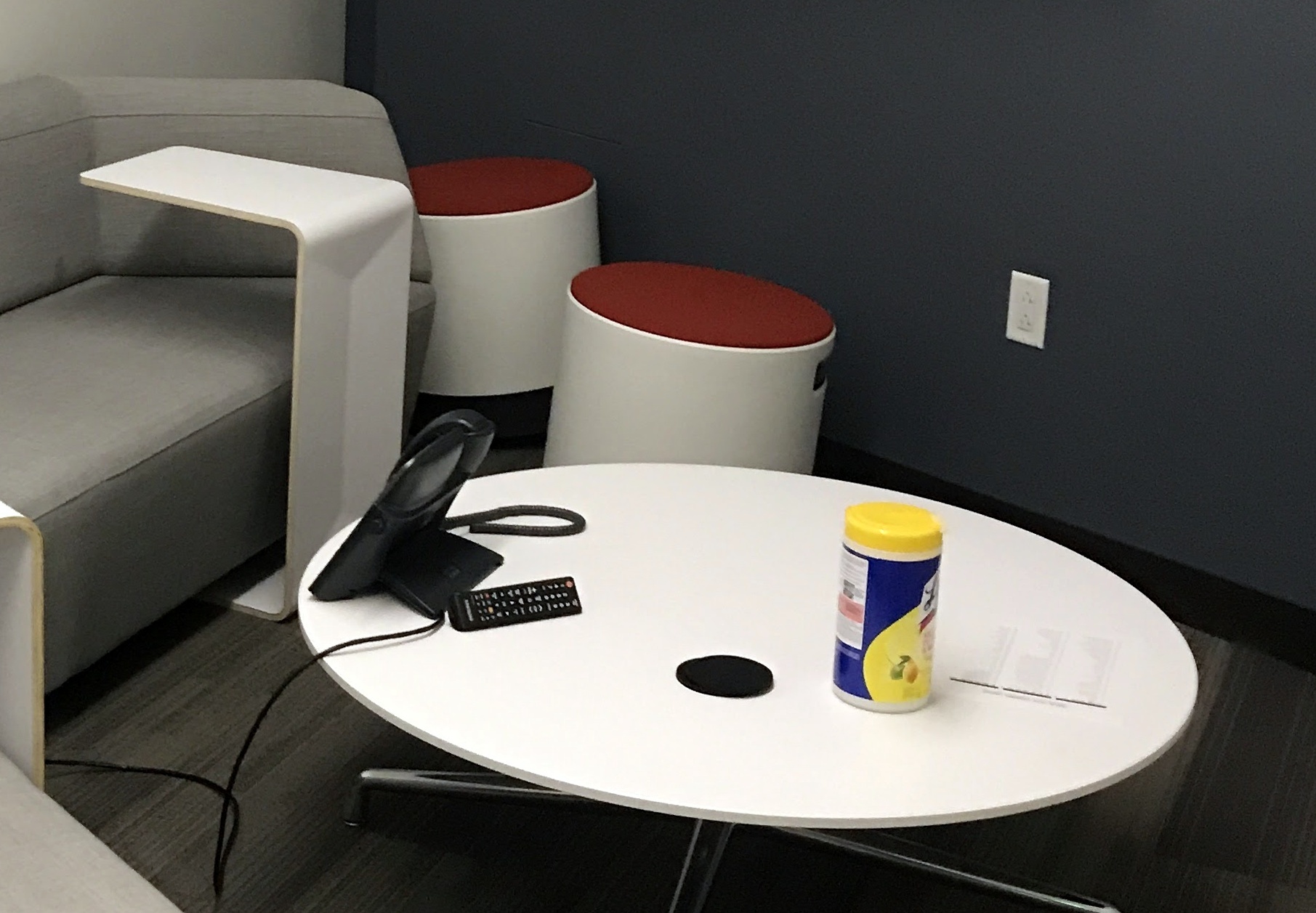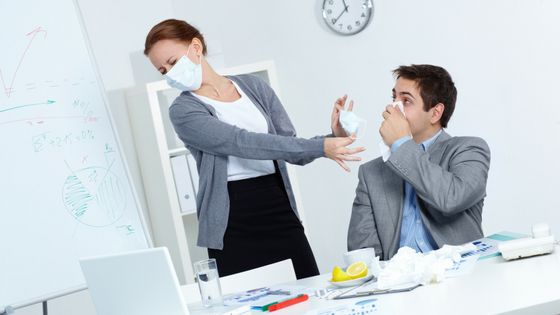With the daunting spread of the coronavirus and the president signing a $8.3 billion coronavirus aid package, controlling the spread of germs has never been more important. Consider that 70% of office workers are in an open office environment, which promotes the mingling of people and their germs. This article examines what can be done to better control germs in the workplace.
There have been many studies showing the rates of illnesses in open office environments versus traditional office environments. For example, a study of over 1,800 Swede workers found that people who work in open office environments are nearly twice as likely to take short-term sick leave. If this is true across all open offices, it seems that more serious measures should be taken to combat the spread of germs in the open office environment. So what can you do to help slow the spread of those dreaded germs in your open office?
3 Tips to Combat Germs in the Open Office Environment
Wash Your Hands Properly, Especially Before Eating
The importance of this simple step cannot be stressed enough. However, handwashing must be done correctly or it could actually make germs propagate. Use soap. Lather vigorously for at least 15 seconds, and rinse. Then dry thoroughly. This is the most important part of handwashing because bacteria thrive in wet environments. And, despite all the fancy jet hand dryers, recent studies have shown that paper towels spread the least amount of germs (for more on this point, here is an interesting video promoting Scott Towels).
Ideally, during cold and flu season, managers should spread the word about thorough handwashing. A few signs in the bathrooms and kitchen area will likely encourage healthy practices.
Use Hand Sanitizers
Alcohol-based hand sanitizers can work as a substitute for handwashing (alcohol content should be at least 60% to kill nearly all germs).
There's still a myth that hand sanitizers are harsh on the skin over time. This may have been true in the past, but according to the World Health Organization, modern hand sanitizers contain skin softeners that help prevent dryness. If you’re a manager, do your staff and their hands a favor – provide plenty of sanitizers at all handwashing stations!
Keep Disinfectant Wipes Nearby
Place canisters of disinfectant wipes near common workplace surfaces and devices such as keyboards, telephones, and light switches. This will make wiping down these germy areas more convenient.

If you think that wiping down the workplace desk regularly is a waste of time, keep in mind that an office desk can be a breeding ground for bacteria. In fact, a desk can have hundreds of times more bacteria per square centimeter than a toilet seat, according to Charles Gerba, a microbiologist at the University of Arizona. So, treat your desktop like a kitchen counter – wipe it down and keep it clean to avoid spreading germs.
These three tips will help employees prevent the spread of germs in an open office setting. But what else can be done in an open office to mitigate contagion?
Set Good Sick Leave Policy to Combat Presenteeism
Presenteeism is the opposite of absenteeism; it's when an employee feels compelled to come to work, even when he should stay home.
Presenteeism Causes
- Presenteeism often results from social pressure. There's even more pressure in open office settings, because it's very obvious when somebody misses work.
- When employees are sick, they often must choose between using a sick day or a personal day. As days off are so priceless, they often end up choosing to come to work sick. A sick employee runs the risk of infecting a whole office full of otherwise healthy employees.
Preventing Presenteeism
Managers in open offices have the ability to mitigate presenteeism by setting a clear and fair sick leave policy. The policy can vary depending on your industry, but it should all come down to flexibility. When you give sick employees more flexibility, you'll preserve productivity.
For example, employees could work from home when they're sick. Many times, an employee who is sick can still function at home but is not well enough to face a commute and to interact all day long with others. In such cases, these employees can often still be productive from a home office. And if an employee's condition worsens and he cannot function, he should be allowed to take time off until he recovers.
Conclusion
Follow the above tips on open office cleanliness and you'll have healthier employees. Create a fair and flexible sick leave policy and you'll reduce presenteeism, thus reducing the spread of germs in the open office environment. Ready for that flu shot yet?










.jpg)


.jpg)
.jpg)
-1.jpg)
.jpg)
.jpg)
.jpg)
.jpg)
.jpg)

